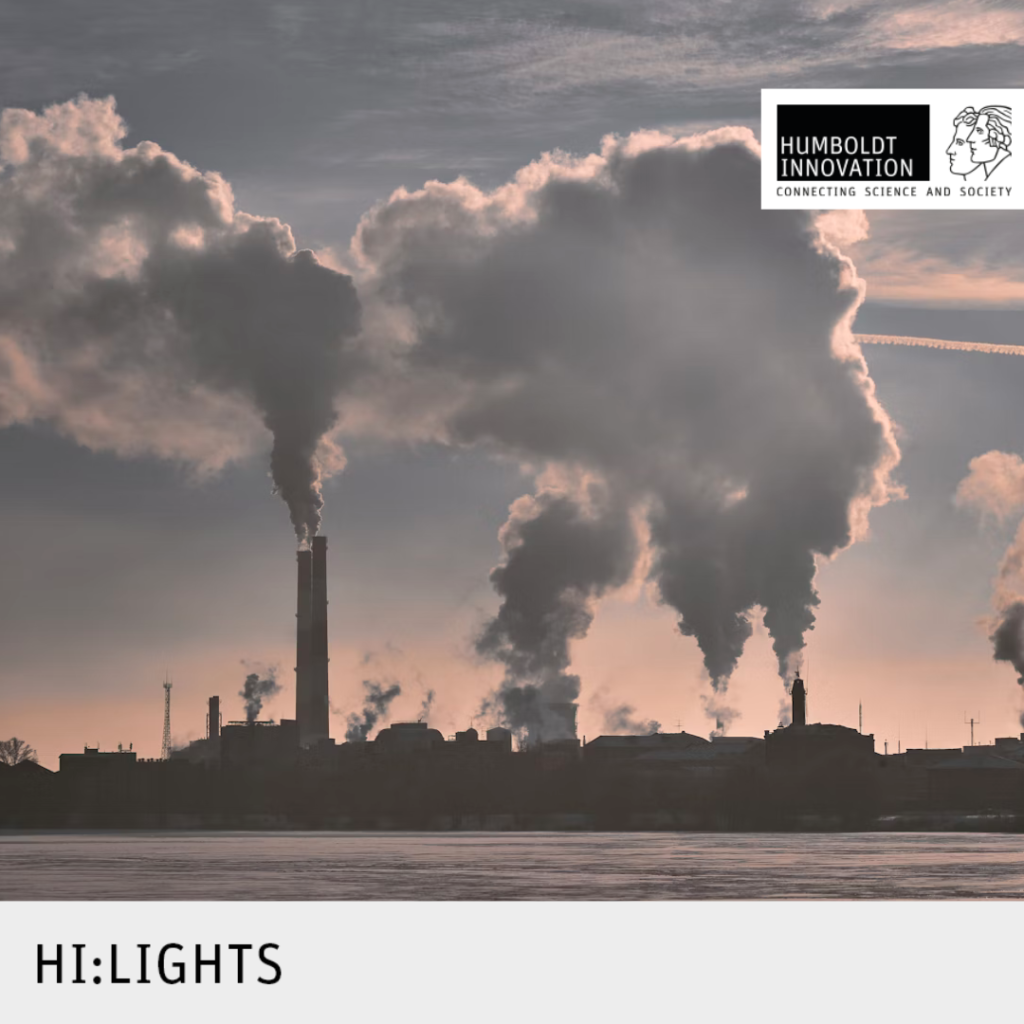
Air pollution is a global challenge that affects human health and the environment. As an invisible threat, it is often overlooked, yet its impacts are far-reaching: In the short term, it can cause respiratory problems, eye irritation, coughing, and headaches; in the long term, it can contribute to serious diseases such as heart disease, respiratory diseases, stroke, and cancer. Children, the elderly, and people with pre-existing conditions are particularly at risk.
In September 2021, the World Health Organization (WHO) tightened its air quality guidelines, advocating for lower concentrations of pollutants like nitrogen dioxide and particulate matter in outdoor air. In Germany, the Federal Environment Agency (UBA) is responsible for monitoring air quality, and the state networks also monitor pollutant concentrations extensively.
Advancements in microsensor technologies have introduced new possibilities for measuring air quality
Public interest and awareness of air quality are also growing. Simultaneously, recent advancements in microsensor technologies have introduced new possibilities for measuring air quality with air quality sensors (AQS). AQS now play a helpful role in measuring and studying air quality. In addition to official measurements, they can monitor air quality concerning compliance with national or cross-border standards, analyze trends, or identify hotspots at the local and municipal levels.
Collaboration between citizen scientists and science
Due to their cost efficiency and ease of use, they are of particular interest not only to scientists but also to parts of civil society: More and more citizens are delving into questions that were once solely the domain of scientists. They join networks and work together on scientific topics. “>The involvement of the public and the collaboration between civil society and science can significantly increase the amount of available air quality data. This is particularly important for areas away from state monitoring stations or in regions with high spatial and temporal variability in air quality, such as cities and industrial areas. The results obtained from “Citizen Science” are a valuable complement to the officially collected data.
HU and University of Stuttgart publish a brochure with guidance for citizen scientists
However, to ensure quality control and reduce the risk of misinterpretation, there are some criteria that must be considered when collecting data with AQS. In a brochure published in 2023, Prof. Dr. Christoph Schneider, Prof. Dr. Tobias Sauter, and Janani Venkatraman Jagatha from the Geographical Institute of Humboldt University of Berlin, together with Dr. Ulrich Vogt and Miriam Chacon-Mateos from the Institute of Combustion and Power Plant Technology at the University of Stuttgart, provide an overview of the measurement of outdoor air pollution using air quality sensors (AQS). This brochure offers guidance to users to help them achieve a higher level of quality in their own measurements. Additionally, strategies and recommendations for conducting measurements with AQS in outdoor air are presented, along with instructions for collecting, analyzing, and interpreting the measurement data.
Sensors were also the theme of Forum Junge Spitzenforschung in 2023
The diverse applications of sensor technology were also evident at the annual Forum Junge Spitzenforschung. This year’s theme was “Sensors and Data Analysis in Practical Use.” The event took place on November 14 at the Veterinary Anatomy Theater of Humboldt University. Young scientists presented their projects, and the first place was awarded to Julian Bopp for his “Chip-integrated Diamond NV Quantum Magnetometry Camera.” More information can be found at:
Forum Junge Spitzenforschung | Nachwuchswettbewerb (humboldt-innovation.de).
Links to brochure and video:
https://www.umweltbundesamt.de/themen/luft/messenbeobachtenueberwachen/…
https://www.umweltbundesamt.de/publikationen/sensoren-zur-messung-von-luftschadstoffen
Scientific publications: Venkatraman Jagatha, J., A. Klausnitzer, M. Chacon-Mateos, B. Laquai, E. Nieuwkoop, P. van der Mark, U. Vogt, C. Schneider (2021): Calibration method for particulate matter low-cost sensors used in ambient air quality monitoring and research. MDPI Sensors 2021, 21(12), 3960, DOI: 10.3390/s21123960, https://www.mdpi.com/1424-8220/21/12/3960
